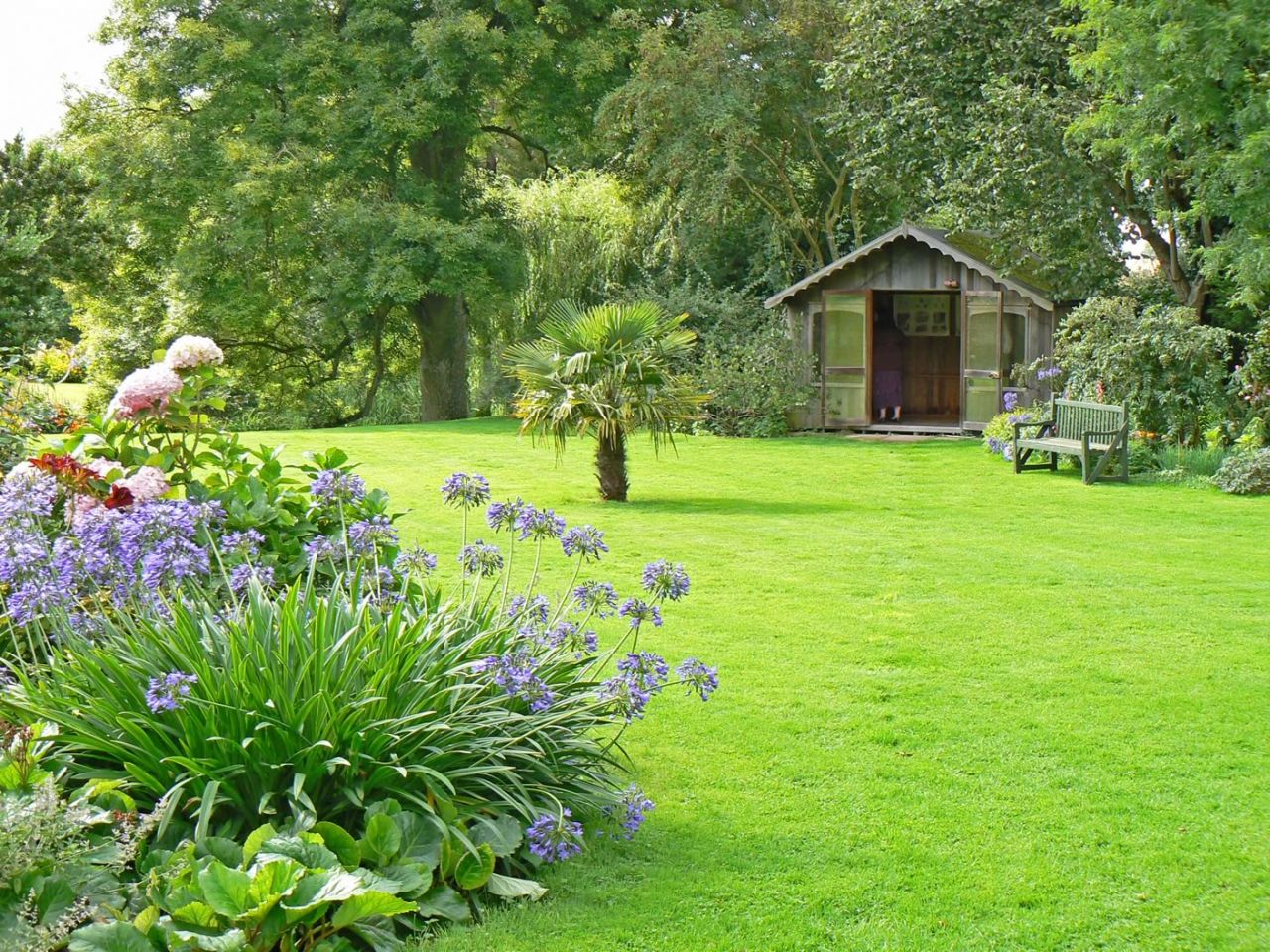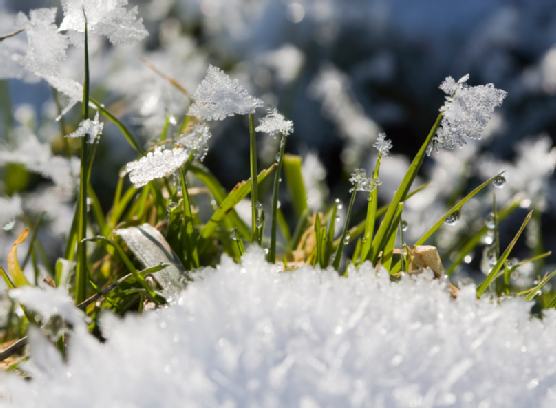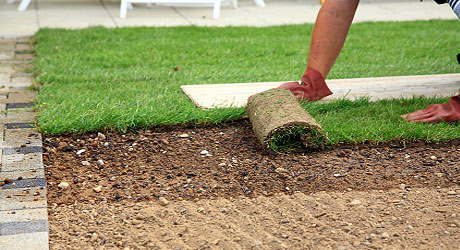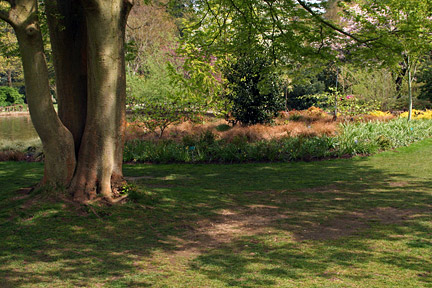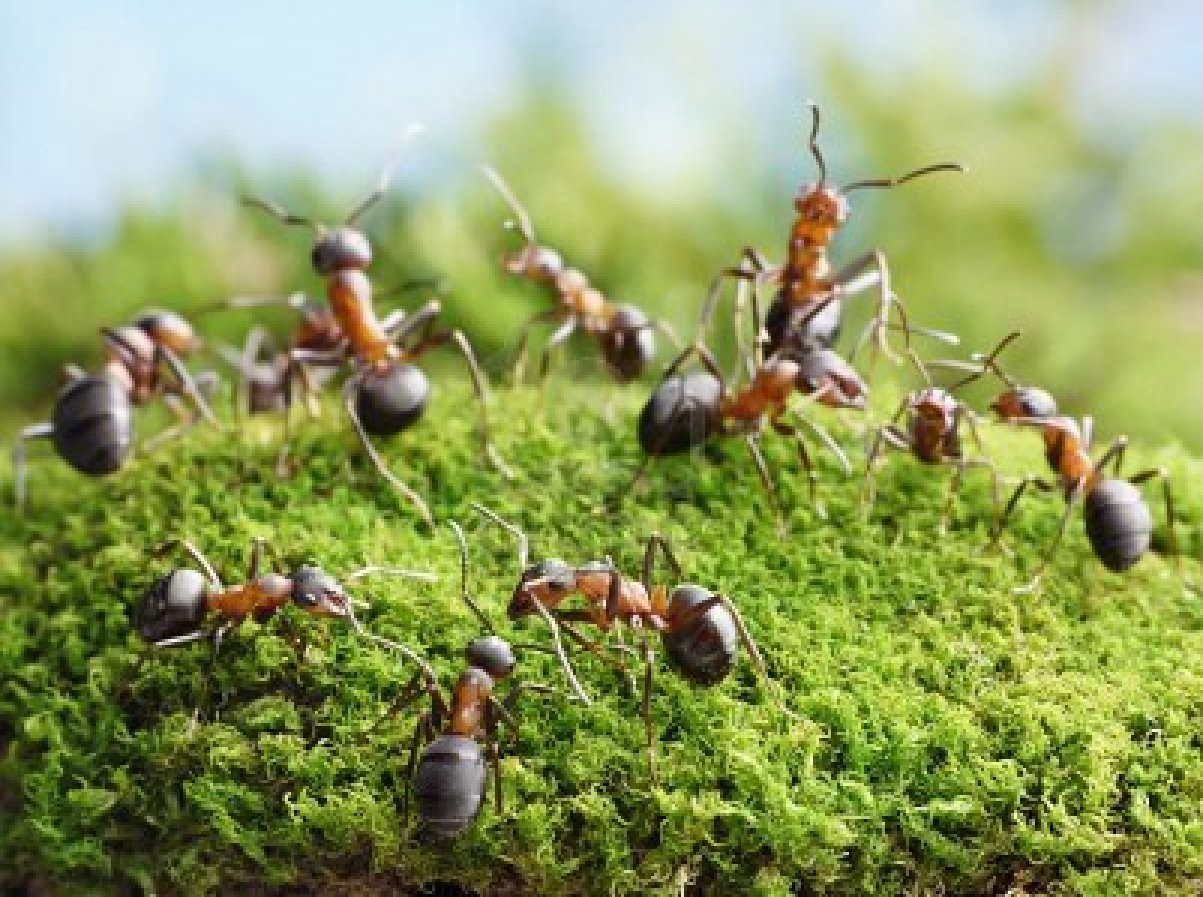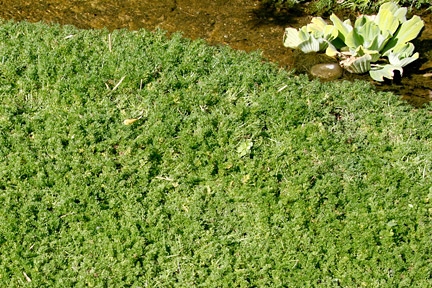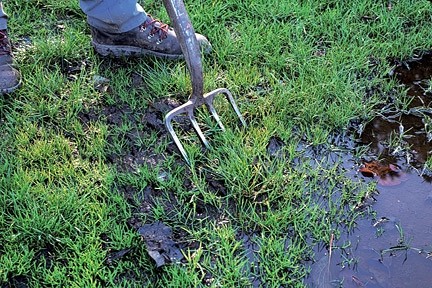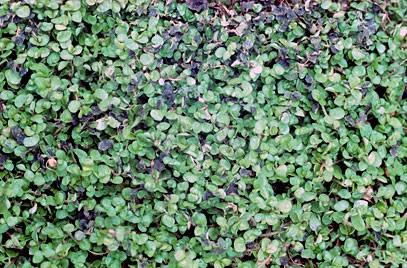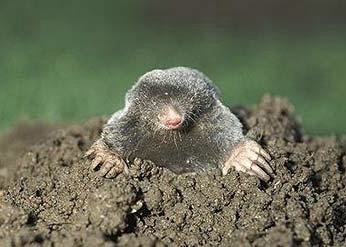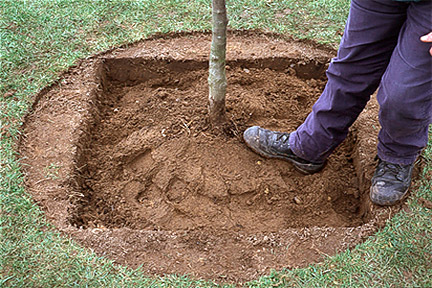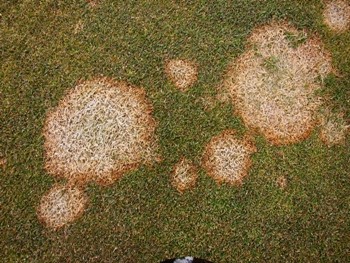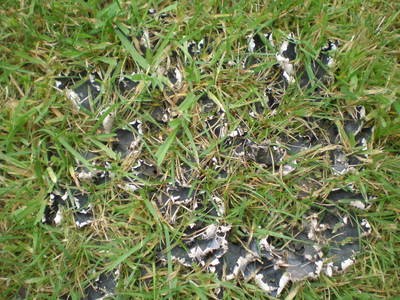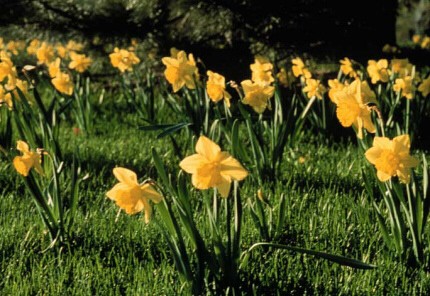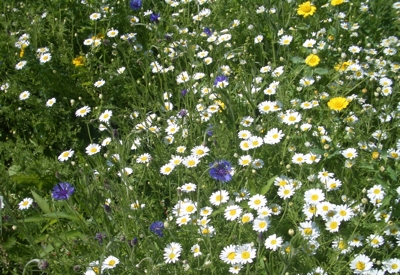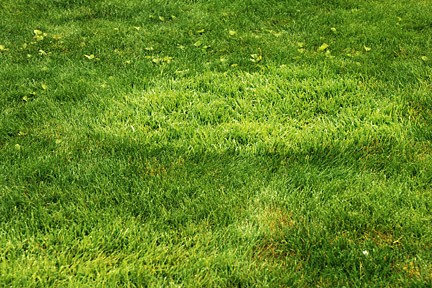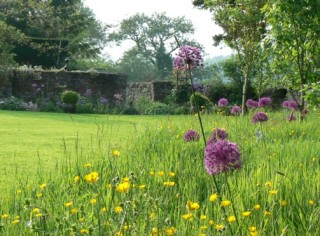Grass. It’s everywhere. It’s our garden carpet, it lines our paths, it cushions our children’s falls, it covers sports fields, it’s what makes a park a park, it feeds our livestock and yet grass is taken for granted on a daily basis. Grasslands cover a massive ¼ of the earth’s land area with over 9,000 different species carpeting mountain peaks, polar regions, savannahs, jungles and making our planet liveable. Although we do not eat grass, without it, we would lose a massive food source. We can thank grass for the production of rice, corn, oats, sugar, bread, alcohol and so much...
Turf & Lawn Blog
So you’ve decided to lay a new lawn. You’ve prepared the site, everything is ready, and you just need to buy turf. So off you go to a turf suppliers, but you’re faced with a choice. There are several different types of turf, and no information about which one will be right for you and your garden. So what do you do? Just read our useful guide to buying lawn turf, and you’ll be confident of choosing the right one for you. First of all, check how long your turf will be kept rolled up before delivery. Turf is not good...
Is it possible to lay turf in the spring? Yes, of course it is, and here are some top tips to ensure that your new lawn turf will not just survive but thrive! Preparation is (still) keyJust in time ordering (we deliver turf next day, get a price here)Looking after your lawn once it’s laid The quality of your lawn will depend on the quality of your preparation. Luckily for you, there are very few perennial weeds growing at this time of year, although the mild temperatures mean that more are around than usual this year. Make sure you clear them all...
Winter Lawn Care Guide During the winter, lawn turf can really suffer from the weather. It’s particularly bad if you can’t avoid walking on your lawn, for example, if you need to get to the shed, to fill up bird feeders, or to get to a compost heap. So what can you do to protect your lawn, and give it the best chance of surviving winter unscathed? Stay off it if possibleAerate if necessaryUse moss killer and repair the damageAs a last resort, replace your lawnGood care throughout the year We know it’s not always easy, but if you can, avoid...
We are often asked what is the best time of year to lay turf. Like all living organisms, there are optimal conditions for growth. Turf is no exception to that rule. The way it’s treated affects how healthy it’s going to be and how it performs. The initial treatment of turf is thoroughly vital. If it’s neglected at the start, this can have dire consequences and it could end up dying. Imagine having to stop before you’ve even started! So when is the correct time? Is there a specific day, like the 5th of April? Of course not, it depends on...
Growing grass in shady places is a challenge. Yes, it might be easier to give up and have a patio, but everyone loves a lawn, and with the help of this article, you too should be able to manage a beautiful stretch of lawn turf even in a shady area, although perhaps not in a wood! Most grass in a turf mix needs about four to six hours of sunshine a day in the summer. Much less, and it becomes less vigorous and prone to disease. But there are now seed mixes that are specifically designed for shady areas, and which...
You may not exactly be worried about ants in your garden. After all, they are one of the most abundant insects on the planet, so you are almost certain to have some in your garden at some stage, and surely it’s best to live with them? They clear up crumbs and mess if you eat outdoors, and generally keep the garden tidy, so surely you can tolerate them? Well, yes, probably that’s true, but if they make nests in the lawn, then they will make a mess of it. They disturb the soil around plant roots and deposit it on the surface,...
A beautiful stretch of lawn turf is a joy to behold, but it’s also quite a lot of work, what with the mowing, feeding, aerating, scarifying and so on. But are there low maintenance alternatives? We’ve run a few articles about wildflower meadows, but how about a chamomile lawn? Is your garden suitable? Chamomile needs sunshine, and it also needs light soils, and some moisture. Heavy clay soils are not suitable as they will be both too wet in winter and too dry in summer. A very dry, stony site is also unsuitable, as the chamomile will be patchy. A chamomile...
Waterlogging in lawns is a problem which tends to show up in wet winters more than any other time of year. It is when the lawn does not drain at all, and water lies on the surface of the lawn after rain. Now, having a few puddles may not seem like too much of a problem in itself, but it does lead to other problems, such as compaction of soil. And if the water lies around for a long time, the grass can actually drown because the water prevents air getting to the roots, and then moss will take over, because...
Mind Your Own Business or Soleirolia Soleirolii No, not a problem with nosy neighbours, but a creeping perennial, Soleirolia soleirolii (syn. Helxine soleirolii). It looks lovely in wall and patio crevices, spreading quickly to fill gaps, but regrows from the smallest sections of stem, and can be a nightmare to control once it gets into a lawn or borders. It forms dense bright green mats of foliage, and also has a golden form, with pretty white flowers in spring. So yes, it’s attractive, but don’t be fooled, its spread is described as ‘indefinite’ and you really, really don’t want it in your lawn! If...
Animals in your garden can be a real nuisance. Rabbits and moles in particular can make a spectacular mess of a beautiful stretch of lawn turf, but what can you do about it? Moles Usually the first sign of mole activity is molehills in your lovely lawn, and it’s most likely to happen in late winter or early spring. But a molehill is not just a pile of soil, because it is also the visible sign of a network of tunnels. You’ll need to remove the soil before mowing, and also backfill surface tunnels to prevent them from collapsing. There are...
Planting one or more trees in a lawn is a very good way to break up a large expanse of turf, and also provide some shade and shelter for birds and animals. And, of course, autumn is the best time to plant trees. But how do you go about planting a tree in your lawn? 1) Choose and buy your tree There are a wide range of trees available, in different sizes, so think about what you might want before buying. Things to consider include soil type, size, and aspect, as well as whether you want something evergreen or deciduous, spring...
Snow mould and take-all patch are both caused by fungi, but since they’re both quite damaging to lawns, we thought it would be helpful to provide more information than was possible within the scope of the Fungi article. Snow Mould Snow mould, or fusarium patch, is a common cause of brown patches in lawns, and is caused by a fungus, Monographella nivalis. It is a very damaging disease of turf grasses, and is very hard to control. It is most commonly found in autumn and during spells of mild weather in winter, and appears as yellowish patches of grass, which turn...
Fungi can appear in lawns for a variety of reasons, and not all are a problem, although they can look unsightly. This article gives you a bit more information about the most common fungi to appear in lawns. Fairy rings These fungi are often seen in lawns, and cause circular rings of dead grass or small brown toadstools. The most damaging of the fairy ring fungi is Marasmius oreades, which lives in the roots of the grass, and alters its appearance. Unfortunately, there are no chemical controls, and it’s not really worth sweeping up fairy rings, because they produce so many...
With recent press about wildlife gardening and drought-resistant planting, you may have decided to grow a wildflower meadow. But what do you need to do to establish one? 1) Choose your type of meadow: annual or perennial? Perennial wildflower meadows need poor soil, because then grasses compete less with the wildflowers. Annual meadows need rich soil, so are ideal if you’re converting an existing garden border. If your heart is set on a perennial meadow, then you may want to remove the top layer of soil, and rotavate and sow directly into the subsoil. 2) When Should You Sow Your Seeds?...
From early September until the end of October or early November is the best time to plant spring bulbs. So how about planting some in your lawn? They will naturalise over time, and become a key part of your spring garden, brightening the place up with their cheerful colour. Adding bulbs to the lawn is a very good way to get additional spring colour into a garden where there isn’t much space for bulbs in the garden beds, or just to add an accent of colour in the middle of all that green. So what sort of bulbs are suitable, and...
With wildlife gardening currently so popular, and many people asking about wildflower meadows and whether they should convert a section of their lawn to a meadow, we thought it might be helpful to provide a summary of the pros and cons of wildflower meadows, to help you make up your own mind about them. On the plus side Once established, wildflower meadows need a lot less work than a traditional lawn. For example, you don’t have to mow wildflower meadows every week during the summer. In fact, you only have to cut them once a year, and you can use a...
Increasingly, many gardeners are choosing to develop part of their lawn as a wildflower meadow, as well as keeping some as a beautiful patch of lawn turf. So we thought that, as well as providing advice about autumn maintenance of lawns, we should also provide a little guide to maintaining a perennial wildflower meadow. Meadows only really need to be cut once a year. When you cut a perennial wildflower meadow depends on the type of plants and flowers within it, since you basically need to cut it when flowering has finished. So if you have spring flowering perennials, then you...
If you’re not careful, your lawn may be invaded by weeds, including coarse grasses, clovers, and daisies. If you can clearly distinguish different types of grass in your lawn turf, you probably have coarse grasses present. Your lawn may have patches of grass that grow at different rates, or perhaps have a ‘peppered’ look, which means annual meadow grass is present. These grasses may have arrived as seeds spread by birds, or perhaps in unsterilized topsoil used for top dressing. They can easily take over during winter, when lawn turf tends to stop growing, but these coarse grasses continue. What can...
The Royal Society for the Protection of Birds has launched a new initiative, called ‘Giving Nature a Home’, designed to encourage gardeners to think about wildlife in their gardens. The thinking behind the campaign is that as ‘wild’ habitats disappear in favour of housing, gardens become ever more important as a potential resource for wildlife. And since lawns often take up quite large parts of gardens, they’re well worth thinking about if you want to make your garden wildlife-friendly. So what can you do to make your lawn part of a nature-friendly garden? First, don’t try to kill all the weeds,...

